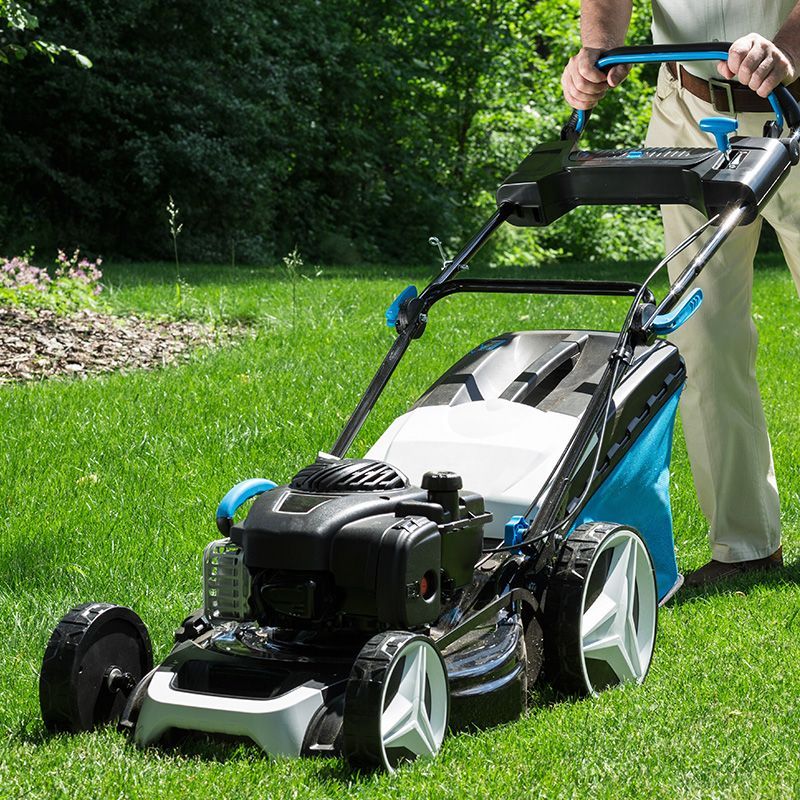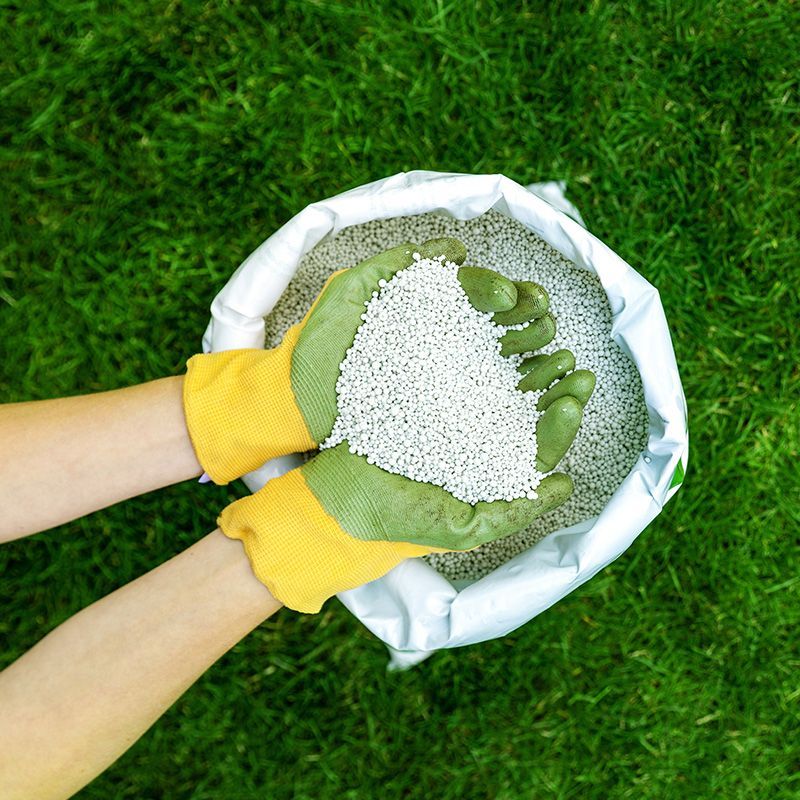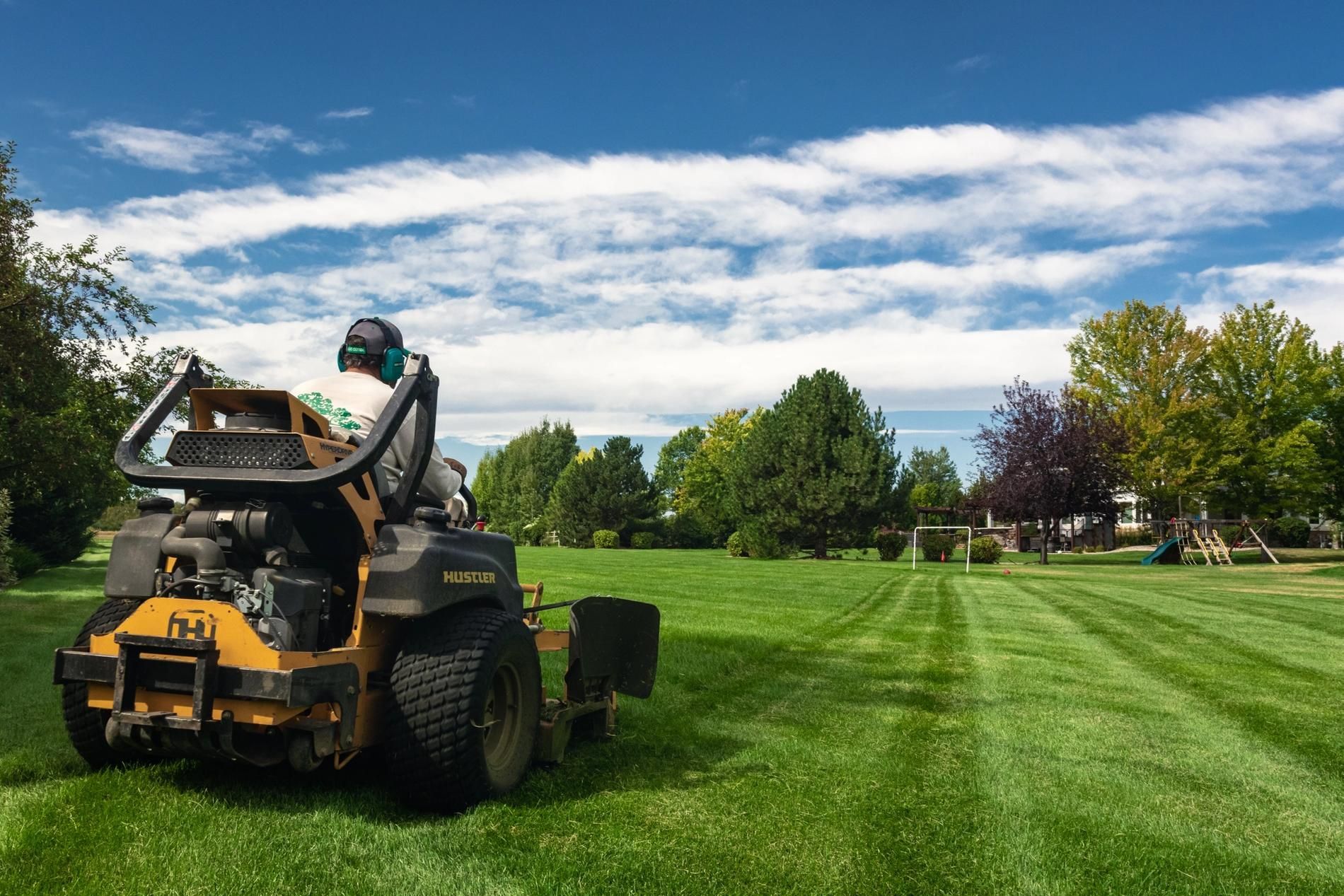Can You Mow the Lawn When the Grass Is Wet? The Truth You Need to Know
Mowing the lawn is part of every homeowner’s weekend ritual, but what if it just rained, or the morning dew still lingers? You might wonder: Can you mow the lawn when the grass is wet? The answer isn’t as straightforward as a simple yes or no. While lawn mowing in wet conditions can be done, it comes with its share of risks, challenges, and best practices to ensure your lawn stays healthy and your mower stays functional.
The Science Behind Wet Grass
Before diving into the safety and practical tips, it’s important to understand why wet grass behaves differently. Water weighs down the blades, making them bend instead of standing upright. This makes mowing uneven and can cause jagged cuts that stress the grass.
How Moisture Affects Grass Blades
When wet, grass blades tend to clump together, sticking to your mower’s deck and blades. This clumping leads to uneven mowing patterns and can block airflow in the mower, reducing efficiency.
Is Lawn Mowing in Wet Conditions Bad?
Yes and no. Lawn mowing when grass is wet isn’t inherently harmful if done with care, but it can create more problems than benefits in many cases.
Potential Risks of Mowing Wet Grass
- Uneven Cuts: The mower blades may tear rather than cut cleanly.
- Disease Spread: Wet conditions make lawns more susceptible to fungal diseases.
- Safety Hazards: Slippery lawns increase the risk of falls and mower mishaps.
- Mower Damage: Wet clippings can clog the deck, dull blades, and even cause engine strain.
Benefits of Mowing Wet Grass (If Done Properly)
While not generally recommended, there are times when mowing wet grass may be necessary—like during extended rainy periods.
Possible Advantages:
- Keeps Lawn at Optimal Height: Prevents overgrowth if rain delays mowing for weeks.
- Avoids Lawn Scalping Later: Mowing tall, dry grass can cause scalping, which damages the lawn.
Best Practices for Lawn Mowing in Wet Conditions
If you must mow wet grass, following these guidelines will help minimize damage and safety risks.
Use a Sharp Blade
A sharp mower blade reduces tearing and makes cleaner cuts, even in damp conditions.
Raise the Mower Deck
Cut higher to avoid stressing the lawn and to prevent scalping.
Mow Slowly
Wet grass requires a slower pace to prevent clogging and uneven mowing.
Clean the Mower Immediately After Use
Wet clippings stick like glue. Clean your mower’s deck and blades right after mowing to prevent rust and build-up.
Why Lawn Mowing in the Morning Is Risky
Morning dew can be just as problematic as rain. The moisture at this time causes the same clumping and cutting issues. Waiting until midday or early evening when the grass has dried is a better choice.
Mowing Safety Tips for Wet Lawns
Safety should always come first when considering lawn mowing on wet grass.
- Wear Slip-Resistant Shoes
- Avoid Steep Slopes
- Check Electrical Safety (if using a corded electric mower)
- Use Rear-Wheel Drive for Better Traction
When You Should Never Mow Wet Grass
Even if you’re in a hurry, avoid mowing wet grass under these conditions:
- Heavy rain or storms
- Standing water in the lawn
- Frost-covered grass (in colder months)
How Wet Lawn Mowing Affects Lawn Health
Over time, repeated mowing in wet conditions can weaken your lawn. Torn blades and increased disease risk can lead to patchy, unhealthy grass.
Drying Your Lawn Faster Before Mowing
If you need to mow soon after rain, here are some quick tricks:
- Use a leaf blower to remove surface water.
- Wait for wind and sunlight to help evaporate moisture.
- Avoid mowing shaded areas until they dry naturally.
Lawn Mowing Alternatives in Wet Weather
When the grass is too wet, consider:
- Trimming with a string trimmer for overgrown spots.
- Scheduling mowing for a sunnier day.
- Mulching clippings later when dry.
Can Lawn Mowing in Wet Conditions Be Done with a Reel Mower?
Reel mowers can be slightly more forgiving on wet grass because they use a scissor-like cutting motion, but they still face clogging and traction issues.
Environmental Considerations
Mowing wet grass can lead to soil compaction, reducing oxygen flow to the roots. This can hinder healthy grass growth over time.
FAQs
Can you mow the lawn when the grass is wet?
Yes, but it’s not recommended due to safety hazards, mower damage, and potential lawn stress.
Does mowing wet grass dull mower blades faster?
Yes, wet clippings create more friction, dulling blades more quickly.
What’s the best time to mow after rain?
Wait until the grass is mostly dry, usually in the late morning or afternoon.
Can wet grass clog a lawn mower?
Absolutely, moisture makes clippings stick together, leading to deck clogging.
Is it better to mow wet or tall dry grass?
Tall dry grass is easier on your mower and healthier for your lawn than wet grass.
Can mowing wet grass cause lawn disease?
Yes, wet conditions promote fungal growth and can spread disease through torn blades.
Conclusion
While lawn mowing on wet grass can be done in emergencies, it’s generally best to wait until the grass is dry. If you must mow, take proper safety measures, keep blades sharp, and clean your mower thoroughly afterward. Your lawn—and your mower—will thank you for it.


